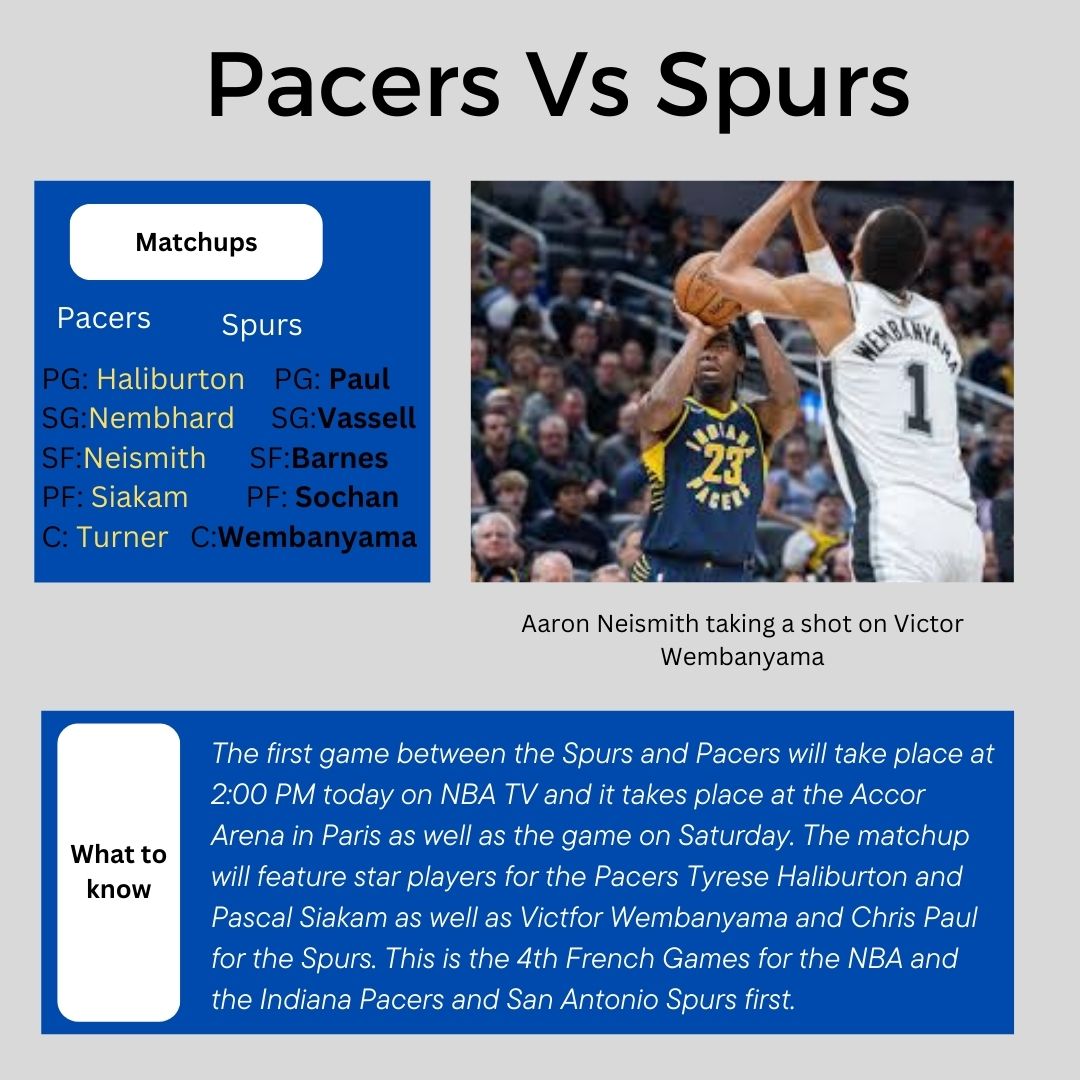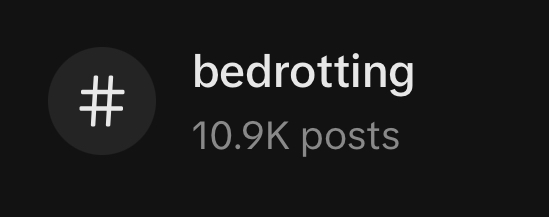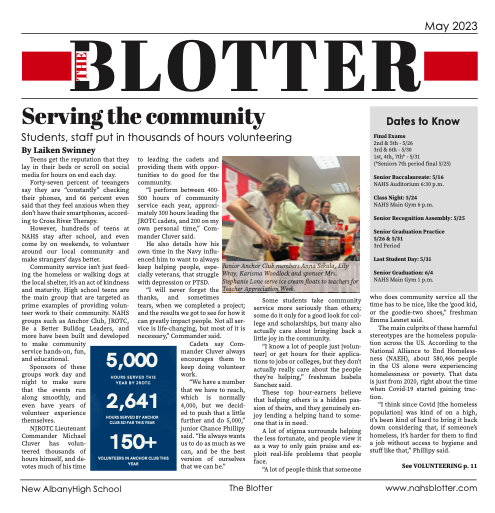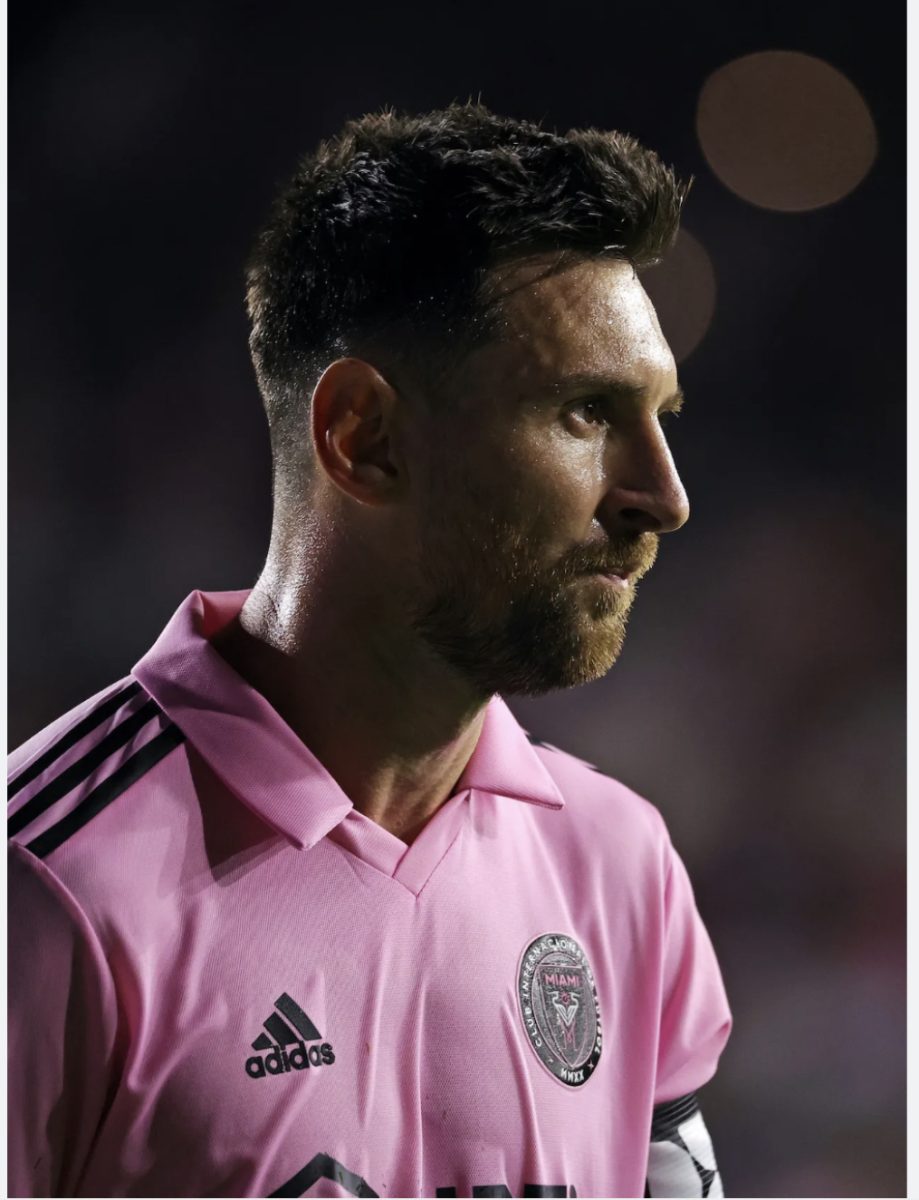By: Robbie McAnelly
At first glance, statistics prove that the students of a private school excel higher in academics than most of the students of a public school. Would you expect any different of a school where the parents are willing to pay for their children to get a good education?
The main difference of the two school types can be found in the diversity. Private schools have such excellent and uniform ISTEP and ECA examination scores and graduation rates due to the group of students who attend there. Parents who send their children to private schools choose to do so, whereas a public school accepts any and all students. The parents of children who go to private schools also pay for their children to attend. The parents must come to expect a good education for their children; otherwise, there would be no point in making the investment. This makes the student bodies of private schools a very select arrangement, whereas the public school students are more of a mixed bag. Public schools accept students of all financial backgrounds, whereas private schools only accept students willing to pay a hefty enrollment fee. According to the Indiana Department of Education, 44% of NAHS’s students are on the reduced or free lunch plan compared to 5% of students at Providence. This is not surprising considering that the parents who can pay for a private school enrollment fee should also have the financial capability to pay for their child’s lunch.
The large percentage of students on the free or reduced lunch plan at a public school shows that not all students at public schools are as financially capable as students who attend private schools. It also explains why public schools score lower on the ISTEP and ECA examinations than private schools. The students at a public school who are financially handicapped most likely have more important things to concentrate on than excelling in school. Some students in public schools are more likely working or helping support their family when students in private schools are studying or spending time on their homework.
Sure, most private schools kick butt in ISTEP and ECA examinations compared to public schools. The parents choose to send their children to private schools, and the students attend at a price. The parents paying for their child to attend a private school should obviously come to expect a better education, better examination scores, and more college readiness in their children. Otherwise, what would be the point of the investment? High school excellence is expected at a public school, whereas high school excellence is strived for at a public school.
The magic of a private school education is likely an at-home process as well. If a parent is so determined for their child to get a good education that they would pay for them to attend a private school, those students are probably pushed harder at home to learn and to continue on to college.
The parents of the students who attend private schools are most likely college graduates themselves if they have the money to finance their child’s private school education. Parents with college experience themselves most likely excelled in high school as well. This positive high school and college experience likely reinforces their children to do well in school and to pursue a college education.
It’s not fair to use generalizations in assuming that every student at a public school is incapable of a good high school education. Students at public schools are just as capable of a good education as the students at a private school; however, students who attend public schools may have more obstacles to overcome to excel as highly as a student who attends a private school. It’s the diversity of public school students that creates the difference compared to a private school. Diversity is a beautiful characteristic of any public school. It exposes its students to a broad range of ethnic backgrounds and social experiences. There is nothing wrong with a little diversity.








Barb Reiser • Jan 31, 2012 at 9:38 pm
wow, I’m impressed with your article Robbie! Looks like you did some research too. Very nicely written!
Barb Reiser